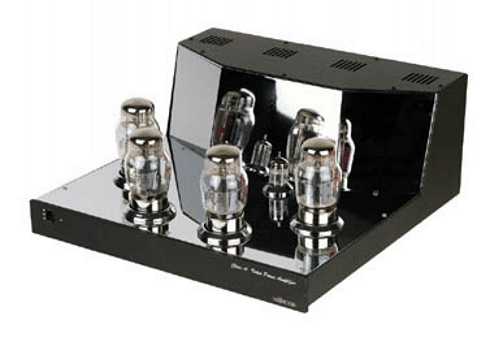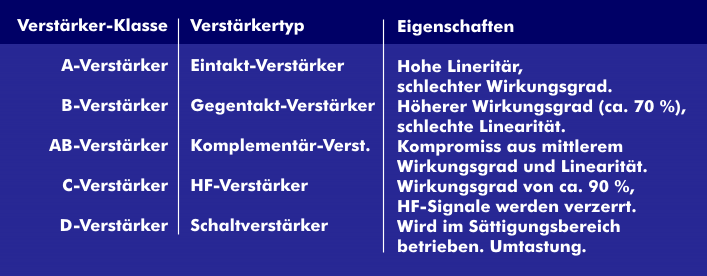power amplifier (PA)
Power amplifiers (PA) form the final stage of signal amplification and ensure that the signals are matched to the connected actuators, impedances or devices. Since they form the last stage of signal conditioning, they are also referred to as power amplifiers. Power amplifiers condition the signals so that the signals can drive the connected components.
Power amplifiers exist in acoustics, RF technology and microwave technology, optical transmission and control technology. Well-known examples include the audio power amplifier that provides power matching to low- impedance speakers, the RF power amplifier in a transmitter that provides matching to the antenna, the optical amplifier that amplifies the power of the laser and feeds the light signal into the transmission link, or other power amplifiers that control motors or switches.
Audio power amplifiers are found in all radio, television and audio equipment. They are either tube or transistor amplifiers. Their task is to amplify the audio signal received from the preamplifier in terms of power and to adapt it to the low-impedance loudspeakers.
Characteristic values of audio power amplifiers
Important characteristics of audio power amplifiers are their power, which, depending on the type of signal, can be divided into nominal power, peak power, sinusoidal power and musical power. In addition, there is the distortion factor and the efficiency, which determines the power transferred to the loudspeaker. Since the efficiency of loudspeakers is very low and in the lower percentage range, an optimal voltage match to the loudspeaker impedance is particularly important.
Amplifiers differ fundamentally in their circuit concepts, which are adapted to the corresponding requirements. These circuit concepts are called amplifier classes and are marked with letters. For power amplifiers there are the amplifier classes "A", "B" and"AB".
A class: In power amplifiers with A operation, the operating point is in the middle of the linear part of the characteristic curves. It is a single-ended power amplifier with a relatively high linearity, but a poor efficiency.
B class: Amplifiers with B operation are push-pull amplifiers, which have a much higher efficiency than those with A operation, but also strong non-linearities.
AB class: Amplifiers with AB operation are driven single-ended, like the A amplifier, but operate with balanced voltage supply. The transistors arranged in complementary circuitrydirectly drive the loudspeaker in the emitter circuits. The AB circuit is the most commonly used power amplifier concept.
C-class: These amplifier circuits are used in RF technology, mainly as RF power amplifiers in transmitters. Such C amplifiers have high nonlinearities and high efficiency and are used for driving antennas.
D class: D amplifiers were developed for keying. They act as switching amplifiers and have low losses. D amplifiers are also used in audio as keyed amplifiers with pulse width modulation.


